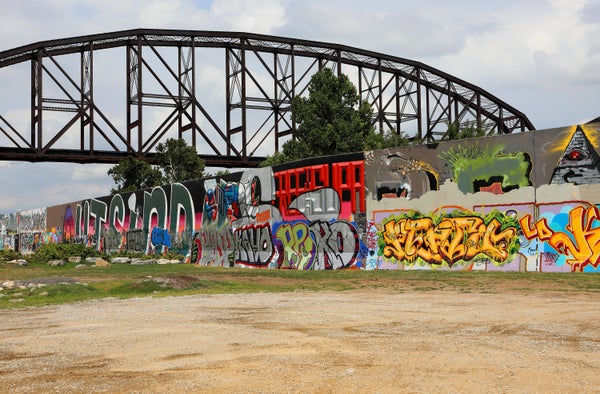Federal disaster mitigation spending provides substantial returns for at-risk states and communities, in some cases nearly $7 in avoided disaster costs for every $1 spent before a flood, fire, windstorm or earthquake strikes.
But the value of mitigation spending is not even across all states, nor is it consistent across disaster type, according to a new Pew Charitable Trusts analysis of data collected by the National Institute of Building Sciences.
In fact, some of the greatest returns associated with disaster mitigation are in the Great Plains, Midwest and Ohio Valley, while coastal states like Florida, Texas and California see lower benefit-cost ratios on average, according to Pew.
On supporting science journalism
If you're enjoying this article, consider supporting our award-winning journalism by subscribing. By purchasing a subscription you are helping to ensure the future of impactful stories about the discoveries and ideas shaping our world today.
At the same time, protecting a community against flood and wind damage yields more benefits on average than federal spending to reduce risk of fire or earthquake.
Why? It's complicated, said Colin Foard, associate manager of Pew's fiscal federalism initiative, which analyzed 23 years of data from nearly two dozen mitigation programs administered by the Federal Emergency Management Agency, Department of Housing and Urban Development, and Economic Development Administration.
"There's a lot of complex variables underlying the benefit-cost ratios," Foard said. "First is the number and severity of disasters that occurred in a particular state over the 23-year data range. The other is the type and cost of disaster mitigation done during that time."
When averaged across four disaster types — fire, flood, wind and earthquake — the analysis showed the Lower 48 saw nearly $6 in benefits for every $1 spent on mitigation efforts. The highest benefits, accounting for all four disaster types, were in Kansas ($6.81) while the lowest were in California ($3.26).
That does not mean Kansas has done more to mitigate against disasters than California, Foard said. Rather, it reflects the amount of disaster mitigation dollars spent relative to actual disaster events, plus the varying cost of building mitigation projects from one state to another.
Not all states experienced all disaster types, Pew said. Federal flood mitigation projects occurred in every state during the 23-year study period, while mitigation grants for fires and earthquakes went to 11 and 13 states, respectively.
Across all states and disaster types, flood mitigation yielded the highest benefit-cost ratio: $6.55-to-$1. Earthquake mitigation spending had the lowest return on investment, averaging $2.79-to-$1. Wind mitigation averaged $5.57-to-$1, while fire mitigation projects averaged $3.22 for every $1 spent by the federal agencies.
Broken down by state, flood mitigation efforts proved most valuable in Idaho with a benefit-cost ratio of $6.88-to-$1. Almost all coastal states received $5.57 for every $1 spent and met or slightly exceeded the national average, including California, Florida and Texas.
Foard said state-to-state and disaster-to-disaster comparisons offer some context on how states are meeting the challenge of protecting residents against natural disasters. But, he added, "the overarching finding is that all of those benefit-cost ratios are positive."
"So even the lowest return on investment for a given hazard — which in this case was earthquake mitigation in Indiana — was still twofold," Foard said, suggesting that all states save taxpayer dollars by preparing for disasters.
Reprinted from Climatewire with permission from E&E News. E&E provides daily coverage of essential energy and environmental news atwww.eenews.net.
